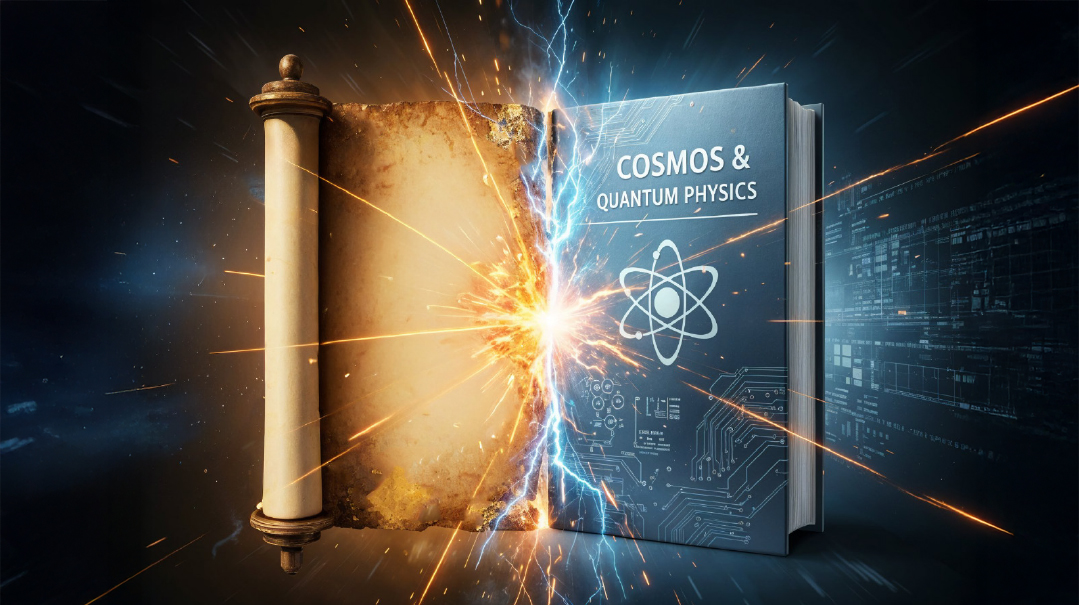Time to Declare Bankruptcy


T he General Assembly of the United Synagogue of Conservative Judaism voted overwhelmingly on March 1st to permit its congregations to grant membership to non-Jews.
The impetus for the vote is no secret: The Conservative movement has been hemorrhaging membership for decades. In 1971 41 percent of American Jewry identified as Conservative. By 2000 that figure had dropped to 26 percent. And today only 18 percent identify as Conservative. Among those under 30 the figure is 11 percent.
But the implosion of the Conservative movement is writes Daniel Gordis in the Jewish Review of Books the most evident sign of the “rapid collapse” of non-Orthodox American Jewry. As I wrote in a 2016 Commentary symposium on world Jewry:
American Jewry has entered into a demographic death spiral. American Jews marry later if at all and have fewer children than the general population. More than four out of five marriages involving non-Orthodox Jews today are intermarriages. The offspring of those marriages will be even less likely to seek a Jewish partner.
Ethnic identity — once strong among American Jews — has proven incapable of generational transmission. My parents’ social set was centered around a group of “sisters” in a Jewish sorority. Not one of those sisters married a non-Jew and marrying a gentile would have been unthinkable to them. But a majority of their children intermarried.
Jewish identity is trivial for most non-Orthodox American Jews today. A 2013 Pew Study found that a taste for certain foods and jokes play a larger role in their identity than identification with the Jewish People belief in any unique Jewish mission or any aspect of Jewish practice and belief. Of American Jews under 35 less than half recognize any special duty to fellow Jews.
THE SPECIFIC VOTE of the General Assembly of the Conservative movement was the outgrowth of a commission established on how to engage intermarried couples. The solution apparently is to blur entirely the distinction between Jew and gentile by admitting both into a Jewish congregation. No surer way exists to encourage more and more intermarriage than pretending it is no big deal — the intermarried couple can still be full congregational members. Thus the Conservative movement has only hastened its own imminent demise.
Until now the official position of the movement had been to forbid its clergy from performing or even attending intermarriage ceremonies. But in light of the new decision that vestigial bow in favor of endogamy makes less and less sense. The dike has broken. The Conservative movement has now joined its Reform cousin in throwing in the towel on intermarriage as inevitable given the conditions of modernity.
Once the Conservative movement claimed to be a halachic movement though that was news to most of its members. Even at the movement’s height in the 1950s sociologist Marshall Sklare noted in the final chapter of his Conservative Judaism that there existed an unspoken agreement between clergy and laity that the former would not speak about mitzvah observance.
To be sure Conservative Jews were more likely than Reform Jews to keep some form of kashrus at least in their homes and one could still find a few who walked to the synagogue on Shabbos even after the “takanah” permitting driving for that purpose.
At least those outer forms of observance conveyed to the next generation a sense that Judaism was important to their parents in some ill-defined manner and made it more likely that the children would at some point in their lives explore Torah more deeply. The ranks of the baalei teshuvah over the past four decades have tended to be drawn more heavily from those coming from “stronger” Conservative backgrounds. Yet the implosion of the movement has made it that much more difficult to find young Jews interested enough in their Judaism to explore further.
Ultimately the pretense of fealty to halachah could no longer be sustained making it harder for the Conservative movement to define itself and rendering it vulnerable to defections to the more lenient Reform or more frequently of late to the “unaffiliated.”
DANIEL GORDIS a grandson of one of the leading lights of the Jewish Theological Seminary (JTS) wonders whether the death of the Conservative movement was inevitable. Could the movement have chosen instead to emphasize traditional observance as a spiritual discipline offering a solution to man’s search for meaning while jettisoning the theology of Orthodoxy — i.e. belief in Torah MiSinai?
The answer is no. Without the Divine command the discipline is nothing more than what one chooses to be bound by at any given moment. It is just one more spiritual discipline among many choices. And the “meaning” that attaches is only that which one chooses to give it not that which comes from the Creator of the Universe.
Without belief in a specific encounter at Sinai between Bnei Yisrael and Hashem the whole idea of Jewish chosenness falls. Not surprisingly in a Commentary symposium on the state of Jewish belief almost 30 years ago not one Conservative theologian was willing to affirm that most basic Jewish doctrine.
The reason points out David Goldman who spent 20 years in the Conservative movement is that stripped of Sinai Judaism becomes barely distinguishable from Christianity with its message of G-d’s universal and undiscriminating love for all mankind. As an editor at First Things a nondenominational theological journal Goldman wondered why there were no essays on Abraham Joshua Heschel the most influential figure at JTS in the ’50s and ’60s despite Heschel’s personal closeness to Richard Neuhaus the founder of First Things.
Finally a young Catholic theologian explained to him that Heschel’s most important work is page after page of liberal Protestantism G-d’s Attribute of Mercy without any Attribute of Justice a faith without demands and with no unique role for the Jewish People.
In moving to an Orthodox shul writes Goldman he “converted” to a different religion altogether. And the animating aspect of that “new religion ” Judaism was precisely the fact of Hashem’s overwhelming passionate love for the Jewish People and the submission of our will to His Will the giving up of our autonomy — something impossible for the modern Jew — for the joy of doing His will.
He notes that every other ancient people that lived between the Straits of Gibraltar and the Indus River is long gone and its language dead. Only the Jews remain. The Jews are the necessary people the people through whom Hashem reveals Himself to the world. And their survival is thus necessary.
But the Conservative movement could offer none of this. By turning “Jewish chosenness” into nothing more than a founding “myth ” not an actual historical event the Conservative movement paved the way for chosenness to be jettisoned altogether. The result is intermarriage and extinction.
Pesach Treats
Two new works that have just reached the stores will add greatly to our pre-Pesach preparations. Rabbi Moshe Antebi of Lakewood has been transcribing the Thursday night shiurim of Rav Moshe Shapira ztz”l into superbly produced Hebrew and English booklets for the past 13 years. A talmid of Rav Shapira for 30 years Rav Antebi has now produced two volumes — one in Hebrew and English — of Rav Shapira’s principal shiurim on exile and redemption. Each work includes an index according to the Haggadah and indices of citations to Talmud and Tanach. The English volume includes full Hebrew texts of all sources cited. May these two volumes serve as consolation for all those devastated by the loss of Rav Shapira who never wrote himself as doing so would have taken time from the constant flow of new insights.
Rav Aharon Lopiansky rosh yeshivah of the Yeshiva of Greater Washington has produced a new Haggadah based on the chapters of the Maharal’s Gevuros Hashem explicating the Haggadah. Though the multivolume set of the Maharal’s writing included a volume on the Haggadah that edition was of dubious provenance and did not conform to the relevant chapters in Gevuros Hashem. The new volume is beautifully typeset with frequent subheadings to make it easy to use.
Rav Lopiansky has also included the text of a manuscript from the Bodleian Library of Oxford University of an earlier version of the Maharal’s commentary and his own notes pointing out the differences between the early version and the final product and clarifying the latter by comparison to the former. The volume contains the halachos of Erev Pesach and the Seder including halachos and minhagim unique to the Maharal.
Yonoson Rosenblum may be contacted directly at rosenblum@mishpacha.com.
Oops! We could not locate your form.







